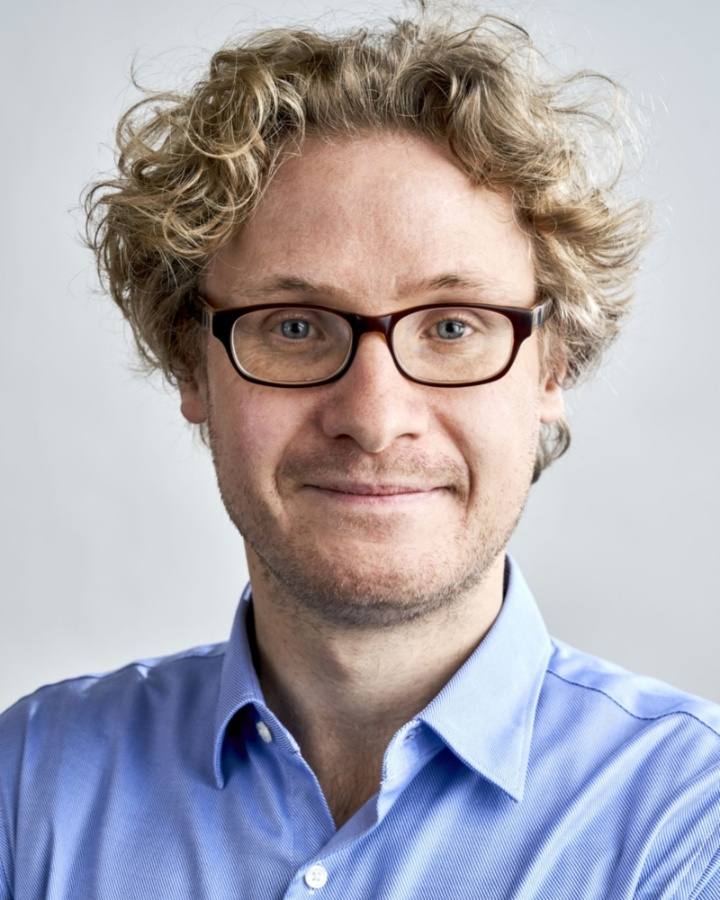Three early career researchers from the University of Stuttgart, Dr. Nina Engelhardt (English Literatures and Cultures), Dr. Serena Gambarelli (Building Materials Science, Building Chemistry, Building Physics) and Dr. Linus Stegbauer (Biomaterials) have been included in the Baden-Württemberg Foundation’s Elite Program for postdocs. The funding usually means that the researchers are able to become scientifically independent. They are completely free to pursue their research interests for the first time by means of research projects which they themselves are responsible for proposing and managing – an important step on the path towards becoming a professor.
The Baden-Württemberg Foundation has supported excellent researchers since 2002 through the Elite Program for postdocs, who have to go through a rigorous, multi-stage selection process to be accepted. A total of 14 out of 55 entries were successful in the last round of applications, of which three were from the University of Stuttgart. The successful applicants were awarded with a total of 1,773,800 euros in funding.
Dr. Linus Stegbauer: Investigating a bio-inspired structural composite material and its colonization by microalgae for future sustainable materials
The research project which Dr. Linus Stegbauer of the Institute of Interfacial Process Engineering and Plasma Technology (IGVP) at the University of Stuttgart is working on focuses on the development of bio-intelligent façade elements for the construction industry. These elements are fitted with a special biofilm which contains living microalgae.
These single-cell plants can store moisture and thus have a cooling effect, as well as absorbing, breaking down and exploiting pollutants in the air. When used in building façades they can therefore make a valuable contribution towards improving the urban climate, and as a consequence indirectly towards the indoor climate. This technology also offers huge potential for cost savings for the construction industry as well as for building operators – for example through reduced heating costs over the long term or the cost of air-conditioning thanks to the improved microclimate.
Also involved in the project alongside the Institute of Interfacial Process Engineering and Plasma Technology (IGVP) at the University of Stuttgart are Jun. Prof. Hanaa Dahy, Head of the BioMat Department (Biomaterials and Material Cycles in Architecture) from the Institute of Building Structures and Structural Design (ITKE) at the University of Stuttgart, as well as Dr. Ulrike Schmid-Staiger from the Fraunhofer Institute for Interfacial Engineering and Biotechnology (IGB). A biofilm is being developed at the IGVP which serves as both a home and a breeding ground for the algae. For the algae to grow, the film must be transparent enough to ensure that algae get the light they need, and it must also have a sufficient capacity to absorb water. At the same time, it also restricts the growth of the algae so that it cannot spread out of control.
Linus Stegbauer was born in 1986 and studied Chemistry in Munich and Oxford, before completing his doctorate in 2016 at the Ludwig-Maximilian University of Munich and the Max Planck Institute for Solid State Research in Stuttgart in the field of two-dimensional covalent organic frameworks as platforms for renewable energy and environmental applications. After a three-year research stay in Evanston, USA, he moved to the Institute of Interfacial Process Engineering and Plasma Technology (IGVP) at the University of Stuttgart in 2019 to take up the position of research leader.
Project Biofilm for the house wall
The project which is to receive funding focuses on the development of bio-intelligent façade elements for the construction industry. These elements are fitted with a special biofilm which contains living microalgae.


